Samyang AF 24mm F1.8 Review
Dustin Abbott
May 3rd, 2021
It’s always intriguing to me when two very similar lenses come to the market at the same time. I was just wrapping up my coverage of the Viltrox AF 24mm F1.8 (my review here) when I got wind that Samyang also had a compact 24mm F1.8 prime lens in the pipeline. When Samyang sent me the information about this new lens, I was really pleased, as it showed both some real innovation but also a growing sophistication in lens design. When I reviewed the Samyang AF 75mm F1.8, I was pleased to see them introduce a function switch that allowed direct manual focus control along with aperture control through the manual focus ring. Last year’s Samyang AF 35mm F1.8 added weather sealing into the formula. But this newest lens, the Samyang AF 24mm F1.8 (also sold under the Rokinon brand), adds a focus hold button that has a uniquely Samyang flavor. In many ways, I feel like the new Samyang AF24 (as I’ll refer to it for brevity) represents the best lens yet in the series, with both more features along with a truly impressive optical performance. I like the direction that Samyang’s path is going!
The Samyang AF 24mm has the distinction of being just the second lens that I’ve reviewed on my new Sony Alpha 1. Thus far I’ve been impressed with both of the first lenses I’ve reviewed on this camera, so I’m hoping it’s a trend! I’ve really enjoyed what Samyang calls their “tiny series”, which is a group of very compact full frame prime lenses for Sony FE. These include the AF 18mm F2.8, the new 24mm F1.8, the 35mm F1.8, the 45mm F1.8 (one of my favorites optically!), and the compact telephoto 75mm F1.8.
Samyang is definitely refining the “tiny series” formula, and I’ve been glad to see them unafraid to add features as the series progresses rather than sticking with the original formula just for consistencies sake. These lenses are fairly unique, in that they offer moderately wide aperture values at their respective focal lengths while staying very compact and very light. I’m not aware of any other camera platform that has anything quite like this, but what I find is that very often it is one of these tiny primes that goes into my bag to supplement a larger lens at a different focal length or focal range. The 45mm F1.8 has come along a number of times when I’ve traveled as a lightweight street/fast aperture prime to augment a travel zoom, for example, and I can see the AF24 serving a similar purpose if I go out with a telephoto zoom. It’s a tiny, lightweight lens (only 230g!!!), but it packs a serious optical punch.
The Samyang AF 24mm F1.8 has relatively few flaws, and can do a little bit of everything. Landscapes? Of course! Astrophotography? A specialty! Even close up photography is all part of the equation.
As I have worked through my review period, I’ve been increasingly impressed with the performance of this little lens. The AF24 seems to have most all of the bases covered and has relatively few weaknesses. You can get all the details by either watching the definitive (long format) or standard video reviews below…or just keep reading.
Follow Me @ Patreon | My Newsletter | Instagram | Facebook | DA Merchandise | Flickr | 500px
Thanks to Samyang for sending me a test copy of the lens. As always, this is a completely independent review.
Samyang AF24 Build, Handling, and Features
I’ve been very connected during Samyang’s genesis on Sony. It started with the AF 50mm F1.4, one of their very earliest autofocusing lenses on Sony, and I’ve covered 8 other lenses since. Samyang lenses have always been about a strong optical performance at a great price, but traditionally that meant putting up with a cheap build and sometimes rough, inconsistent handling. The early Samyang autofocus lenses sported nothing other than the focus ring, but the past three releases have shown a steady evolution of features and a growing confidence that Samyang lenses can compete on merit rather than just price.
I’ve always been partial to Samyang’s visual aesthetic. It is minimalist and clean, and, while they total ripped off Canon’s “red ring”, Canon also programmed me to think that the red ring means something! Samyang is managing to keep a clean aesthetic even as they add more things to the barrel. I like the fact that the focus hold button, for example, is just there without text on the lens cluttering things up. The satin finish on the lens barrel is a handsome match to the Sony bodies that we mount the lens on, and the compact lens looks good on my cameras from all angles.
Many lens makers are using more and more metals in the construction of their lenses, but Samyang is prioritizing light weight for their “tiny series”. The Viltrox 24mm F1.8 STM is not heavy by any measure (340g), but it is about 48% heavier than the AF24, which is a svelte 230g (about 8 oz). The Samyang is also more compact in all its dimensions, only 65mm in diameter and 71.5mm in length. This is definitely an easy lens to throw in your bag and bring it along. Here’s a comparison to some other options on the market.
Though the body is mostly engineered plastics, the lens doesn’t feel cheap in the hand, and I’ve actually had good success with the other “tiny lenses” that I own in terms of them holding up both cosmetically and operationally. Everything is based around a metal lens mount, which does have a weather sealing gasket. Samyang states that the AF24 is sealed in a total of five spots, which would also cover the button, switch, and either side of the ring. This is one build advantage over the Viltrox 24mm F1.8.
Samyang developed a unique custom switch for their recent lenses that allows you interact with the manual focus ring in a few different ways. By default Mode 1 functions as “Normal Mode”, which is a bit silly, as it essentially does nothing. You need to select manual focus on the camera body. By default Mode 2 functions as Aperture Control, so if you click the switch to Mode 2, the manual focus ring now becomes an aperture ring, which I really like. My only complaint is that I find the rotational direction of the ring to be opposite of what I would expect, so I almost always go the wrong way initially and have to correct and rotate the ring in the opposite direction when I see aperture decreasing rather than increasing or vice versa. I would suggest to Samyang that they create a menu setting in their LensManager software that would allow you to choose the preferred rotation of the ring. My preferred application for Mode 1 is that it becomes manual focus, so if you switch into Mode 1, manual focus is automatically engaged, overriding whatever camera setting is in place. This can be programmed to that function (which I do with all these Samyang lenses), but it does require the Samyang Lens Station and the LensManager software to change these settings. I would recommend getting the Lens Station (it costs right under $60 USD), as it is also the way that you apply firmware updates.
Early on, Samyang was very reliant on firmware updates to continue to tweak (and, to be frank, develop) their autofocus performance on the fly. Many earlier Samyang lenses became much more stable and usable via firmware updating. I have voiced appreciation for Samyang’s commitment to developing and supporting their lenses, but also criticized them for often releasing lenses before they were fully operational. Fortunately Samyang has taken that to heart, and I’ve found recent lenses to be fully functional when they arrive to me even though I often review them ahead of public release. Still, having the Lens Station is valuable for the simple reason that cameras and their protocols change either through new models or by their own firmware updates, and having a way of quickly applying firmware updates to the lens is a way to assure ongoing compatibility when using a third party lens.
Once I tweak the functionality of the custom switch to my preferred settings, I find it to be a very useful addition to the lens, as it gives me quick aperture and manual focus control on the fly.
The new feature here is the focus hold button, which is a first for a Samyang lens. The focus hold button has become a staple on Sony lenses (and also on some third party lenses like Sigma), and its use can change according to whatever you program it to be in the camera. It’s one more control point, so it is automatically valuable because of that. Samyang has added their own unique twist, however, and that is in designing the lens around astrophotography. If you hold the focus hold button down with the camera off and then power the camera on, the lens will automatically enter “star shooting mode”. It will focus to the correct distance for stars or other distant points of light, and light up a small LED parallel to the focus hold button near the lens mount. This LED will show green if everything has been successful. Manual focus mode is also automatically engaged if you want to make tweaks to focus, and the LED will turn red if there has been focus input to let you know that focus has been changed.
Here’s the instructions that were sent to me by Samyang that give more details:
■ How to enter the astrophotographic shooting function (Custom mode)
• Automatic infinity focus setting function (Custom mode) specializing in astrophotographic shooting and LED index are added to the Samyang 24mm F1.8 FE.
• There are two methods to enter the custom mode, as follows:
– When the camera is turned on: With the focus hold button pressed, mount the lens.
– When the camera is turned off: With the lens mounted, press the focus hold button and turn on the camera.
※ When the camera body is turned off, or the camera is operating in the sleep mode, astrophotographic shooting mode will be canceled.
■ How to use the astrophotographic shooting function (custom mode)
• When the camera enters the custom mode, the camera focusing mode will change to MF.
• When the camera enters the custom mode normally, the LED index will blink red once, will move to the infinity position (factory default value) automatically and the LED will light in green.
• If the focusing position is changed due to the adjustment of the focus adjustment ring while using the lens, the LED will light in red.
When you press the focus hold button briefly once, focus will return to the infinity position automatically and the color of the LED will change to green.
※ Calibration method in case the focus cannot be set to infinity accurately due to a deviation in the camera body
1. Find and focus on a subject in infinity by turning the focusing ring.
2. When you press and hold down the focus hold button for approximately 3 seconds, the LCD screen on the camera will become dark and then brighten and the infinity value will be calibrated according to the current focal point.
The calibrated value will be saved in ROM within the lens.
I tested it out, and, sure enough, focus was accurate for shooting the night sky:
I then manually focused as I typically would for shooting astro, and then compared the two results in post.
I found that focus was identical, so this mode worked properly and provides a really simple way to assure proper focus, which eliminates one of the challenges for astro work. You’ll note from the instructions above that there is a workaround if there is some variance in your camera/lens combination and you need to make a slight tweak to the preset focus distance. In my case that was unnecessary. This is a genuinely useful feature, however, and has also given Samyang a great way to market this lens as a specialist tool for astrophotography.
The focus ring has a fairly good amount of damping (just slightly on the heavy side), and, while the feel isn’t amazing, the precision is quite good.
Inside we have an aperture iris with 9 rounded blades, though I don’t find the stopped down shape as circular as the best lenses. Here’s a look at F1.8, F2.8, and F4:
Up front we have a 58mm front filter thread, a size that four out of the five tiny lenses pictured in the intro share. I’m not necessarily recommending a slavish devotion to always having the same filter thread, but having multiple lenses with the same filter thread is certainly nice for filter sharing.
Our minimum focus distance is just 19cm (about 7 1/2 inches), and the resulting 0.21x magnification at MFD is a very useful figure:
The focal plane is not particularly flat, as you can see, but the detail and contrast at MFD is quite good. It is rare for a wide angle lens that focuses very closely to produce a flat focal plane, so that part is not surprising at all. The magnification figure is a welcome addition, however, as that hasn’t always been a strength for this series or Samyang lenses in general. That blows away the Viltrox’s magnification figure of just 0.10x, and is even slightly better than what we saw from the excellent Sony FE 20mm F1.8 G lens (my review here).
The lens comes with a basic lens hood (petal shaped) that reverses and stores nice and tight to the lens body along with a really nice little molded case. I certainly wouldn’t call the build quality premium here, but the feature set is, and the focus on being small and light while having a nice degree of build leaves me very satisfied with the overall package.
Samyang AF 24mm F1.8 Autofocus and Video Performance
I watched Samyang really grow by leaps and bounds over the past three years in their perfecting of autofocus. The earliest focus motors were a bit crude, but that improved when they switched to linear focus motors. They’ve continued to improve on their focus accuracy and focus confidence as well, and at this point I have a lot of confidence in their capabilities. The AF24 is equipped with a Linear STM (stepping motor) that provides fast, silent, and accurate autofocus. I had very good focus accuracy during my review, even when shooting more challenging narrow depth-of-field shots, like this:
I also had excellent “stickiness” in tracking human eyes whether shooting video or portraits. I shot a devotion episode for my church with the lens in an outdoor setting where the wind produced constant motion in the background. Throughout the nearly 12 minute video it tracked my face almost flawlessly (I saw one split second focus cycle). That’s the kind of reliability that I just didn’t see with earlier lenses. In my video test where I walk towards the camera, look away, then move quickly backwards and forwards, I felt like the lens did a good job of picking up my face/eyes and staying locked throughout the sequence. Eye AF tracked perfectly during a brief portrait session, and produced very well focused results even at F1.8:
My focus pull test produced silent, accurate focus pulls without any sound or drama in focus at all. Focus settled quickly and accurately without any pulsing or hunting. Things were so quiet is that all you could hear was Loki scampering around in a distant room. No focus noise was apparent…at all.
Speaking of Loki, he is about four months old now and doesn’t stay still for long. He is very interested whenever I point a camera at him, but the problem is that he always wants to move towards the camera. Despite his constant movement, the AF24 tracked his eyes just fine and produced accurately focused results:
Here’s a close-up of one of those images.
Autofocus is more stable here than what we saw on the Viltrox, and I saw nothing but good things from the autofocus during my review period.
Kudos to Samyang for developing growing maturity in their autofocus design and execution!
Samyang AF24 Image Quality
Samyang lenses frequently “punch above their weight” optically, and that’s certainly true here. Don’t let the light weight of the lens deceive you; this is a very sharp lens! We have a fairly high end optical construction here of 11 elements in 8 groups, but 7 of those are special elements, including 2 Aspherical, 3 High Refractive, and 2 Extra Low Dispersion elements. If you understand MTF charts, you will see that the lens is very sharp and with high contrast basically across the frame even at F1.8, and near to perfect at smaller apertures.
We’ll break down how the AF24 operates in real world conditions along with chart testing, but they say a picture is worth a thousand words. Let’s just say I love this one:
I shot in this area with the Samyang along with two new top tier lenses – the Sony 35mm F1.4 G Master and the Sony 14mm F1.8 G Master. Neither of these are direct competitors, obvious, but I will say this: I liked the images from Samyang in that setting just as well…which is saying something!
So let’s jump into the technical side of things. The Samyang has mild amount of barrel distortion with just a hint of a mustache pattern. It doesn’t correct perfectly via manual correction (though not badly), but when the RAW correctio profile arrives we’ll probably see a slightly cleaner fix. I used a +8 on the Lightroom distortion slider to correct it.
Vignette is moderate (right under two stops), which isn’t bad for a wide aperture, wide angle lens. A +48 and moving the midpoint slider to zero did the trick. Nothing too bad here, and the distortion is much less complex than the competing Viltrox lens.
I found that chromatic aberrations were also well controlled, with minimal amounts of LoCA (Longitudinal CA), which shows as fringing before and after the plane of focus:
…and also no evidence of LaCA (Lateral CA) which shows up on the fringes of images on either side of high contrast areas – like the transition from white to black on my test chart:
So, on the basic optical flaw front, the AF24 is doing well. How about resolution?
Here’s the whole test chart. Tests are done on the 50MP Alpha 1 on a tripod with a two second delay.
Here are the crops from the center, mid-frame, and corner at F1.8:
We see the reality promised by the MTF charts. The sharpness across the frame is excellent, and contrast is good as well, with only a mild drop in the corners.
I retested the Viltrox on the Alpha 1 to have an apples-to-apples comparison. I found the Samyang the easy winner at wide apertures across the frame.
But where things got very interesting is when I compared with the downright excellent Sony FE 20mm F1.8 G lens (which costs nearly twice as much). I found the 20mm G lens to be one of the best wide angle primes I’ve ever used, and while the focal lengths aren’t identical, in some ways it is a more logical competitor to the Samyang than the 24mm F1.4 GM lens. I tested the 20mm G on a slightly lower resolution a7RIII (42MP), but I was honestly shocked to see that the Samyang looks better wide open than the Sony in the center and mid frame, and roughly similar (perhaps a tiny bit better) in the corner. Here’s the look at the rather startling center advantage:
Um, wow! That I did not expect.
I was simultaneously testing the new Sony FE 35mm F1.4 G Master lens, and while the Samyang isn’t quite on the same level in terms of contrast, the side by side difference between these lenses is not nearly as big as you might expect:
This is a very sharp lens even at F1.8:
Contrast improves further even at F2 (I don’t often see a big improvement with only a one-third stop closing down of the aperture). By F2.8 the lens is fantastically sharp and has rich contrast all across the frame:
That translates into excellent resolution at smaller apertures, even when out near the edge of the frame:
Good contrast also lends itself to excellent looking monochrome images as well.
The Samyang AF24 packs a lot of punch into a small, light, and relatively inexpensive package! Here’s a few other landscapes:
Normally a wide angle lens is not where you look for bokeh, but the wide aperture combined with the close focus abilities will allow you to blur out backgrounds in some situations. The quality of the bokeh varies according to the complexity of the background (wide angle lenses almost never completely blur everything out) and the ratio of the distance to the subject and then to the background. In some situations, I found the bokeh looked quite nice:
In other situations a more complex background got a little busy for my tastes:
Overall, however, I would say that I saw more pleasing images than busy ones. Here’s a few more:
Flare resistance was mostly quite good, though I did get a ghosting blob in this one:
I shot the same scene with the two aforementioned GM lenses, and neither of them produced any ghosting artifacts in the same scene (Sony is really nailing their coatings in their premium lenses right now!) Still, it wasn’t terribly destructive, and in other images my results were better. In this stopped down image, contrast and veiling are well controlled, and the sunburst effect from the nine-bladed aperture looks fairly good.
Coma performance was also quite good. Samyang is really marketing this lens for astrophotography due to the unique feature set, but they have backed that up with a crisp rendering of the sky even at F1.8 and very minor coma smear or stretching near the edges. There is a little bit of comatic aberration near the edges, but it is fairly well controlled.
All in all, we have a very strong performer here. I like pretty much everything here, including the color rendition. Samyang lenses have a reputation for rendering a bit warm, but I found color out the AF24 to be nicely neutral and not dissimilar from what I saw from the GM lenses. 24mm is not incredibly wide, but I’ve tested enough 24mm lenses to know that it is still a somewhat complicated focal length to engineer…particularly if you also have to design for a wider aperture. F1.8 is not as dramatic as F1.4, but the Samyang AF24 does a credible job of competing with the F1.4 options on the market…and at a much lower price point. Check out the image gallery here if you would like to see more images.
Conclusion:
I’ve personally enjoyed the Samyang “Tiny Series” because they offer a solid optical performance in a small, portable package. In many ways they seem more like the kinds of lenses you might find on APS-C, but these are fully realized full frame lenses that can handle the rigors of higher resolution full frame cameras. I’m a little more tolerant of optical shortcomings in lenses that offer tradeoffs like size (check!) and price (also check!), though with the Samyang AF 24mm F1.8 no real tolerance is needed. It is so good in basically every area that it can compete on merit, and the fact that it is incredibly lightweight and very reasonably priced is just icing on the cake.
This is a lens that will come along with me in the future. It’s easy to throw into the bag to augment other lenses, and it has no problems handling my high resolution (50MP) camera. 24mm is a great street and landscape lens, making it a nice travel companion.
I can say with confidence that this is the best lens in the Samyang tiny series thus far, and, in many ways, it is one of the best lenses Samyang has ever made. No, it doesn’t feel like a Zeiss lens in the hand in terms of build quality, but it does have weather sealing and will probably hold up just fine. But what it does have is great autofocus, fantastic optics, and, at 230g, can fit into your bag or even your pocket and never make you regret bringing it along. If you don’t have a G Master budget, the Samyang AF 24mm F1.8 is a pretty fantastic consolation prize.
Pros:
- Ever evolving features makes this the most complete Samyang yet
- Incredibly lightweight
- Unique astro application for focus hold button genuinely works
- Weather sealed
- Autofocus is fast, quiet, and accurate
- Extremely sharp wide open
- Coma well controlled
- Low aberrations
- Low distortion
- Good coma performance
- Awesome price to performance ratio
Cons:
- Distortion is a slightly complex
- Samyang lenses don’t seem to get full in-camera correction support
- Lens Station needed for firmware updates or customization
Gear Used:
Purchase the Samyang AF 24mm F1.8 @ B&H Photo | Amazon | Amazon Canada | Amazon UK | Amazon Germany | Ebay
Purchase the Sony Alpha 1 @ Camera Canada | B&H Photo | Amazon | Amazon Canada | Amazon UK | Amazon Germany | Ebay
Buy DA Merchandise https://bit.ly/TWIMerch
Purchase a Sony a9M2 @ B&H Photo | Amazon | Camera Canada | Amazon Canada | Amazon UK | Amazon Germany | Ebay
Sony a9 Camera: B&H Photo | Amazon | Camera Canada | Amazon Canada | Amazon UK | Amazon Germany | Ebay
Sony a7RIV Camera: B&H Photo | Amazon | Camera Canada | Amazon Canada | Amazon UK | Amazon Germany | Ebay
Peak Design Leash Strap: Peak Design Store | B&H Photo | Amazon | Amazon Canada | Amazon UK
BenQ SW271 4K Photo Editing Monitor – B&H Photo | Amazon | Amazon.ca | Amazon UK
Adobe Photoshop Creative Cloud 1-Year Subscription
Exposure Software X6 (Use Code “dustinabbott” to get 10% anything and everything)
Visit Dustin’s Amazon Storefront and see his favorite gear

Purchasing your gear through B&H and these links helps fund this website and keeps the articles coming. You can also make a donation here if you would like. Visit my Amazon page for some of my gear of choice! Thank you for your support.
Great News! I can now offer a 5% discount on all purchases at Amplis Foto, Canada’s Leading Photographic Supplier. Please enter discount code: AMPLIS52018DA in your cart. It is good for everything in your cart, and is stackable with other coupons, too! It will take 5% off your entire order! Proceeds go towards keeping this site going and providing you with new reviews!
Check me out on: My Patreon | Sign Up for My Newsletter | Instagram | Facebook | Twitter | Flickr | 500px | Google+ |
Purchase the Samyang AF 24mm F1.8 @ B&H Photo https://bhpho.to/3tPtuU2 | Amazon https://amzn.to/3aBxwbc | Amazon Canada https://amzn.to/3sNuU01 | Amazon UK https://amzn.to/3sOHlsq | Amazon Germany https://amzn.to/3azuqEA | Ebay https://ebay.us/HEouom
Keywords: Samyang AF 24mm F1.8, Samyang, AF, 24mm F1.8, FE, Samyang 24mm 1.8 Review, Samyang AF 24mm Review, Samyang AF 24mm F1.8 Review, Sony Alpha 1, Sony A1, Sony Alpha 1 Review, Sony A1 Review, ILCE-1, Sony, Alpha 1, A1, Review, Hands On, Dustin Abbott, Real World, Comparison, Sharpness, Autofocus, Image Quality, Sample Images, Video, Photography, Astrophotography
DISCLAIMER: This article and description contains affiliate links, which means that if you click on one of the product links, I’ll receive a small commission. As an Amazon Associate I earn from qualifying purchases.











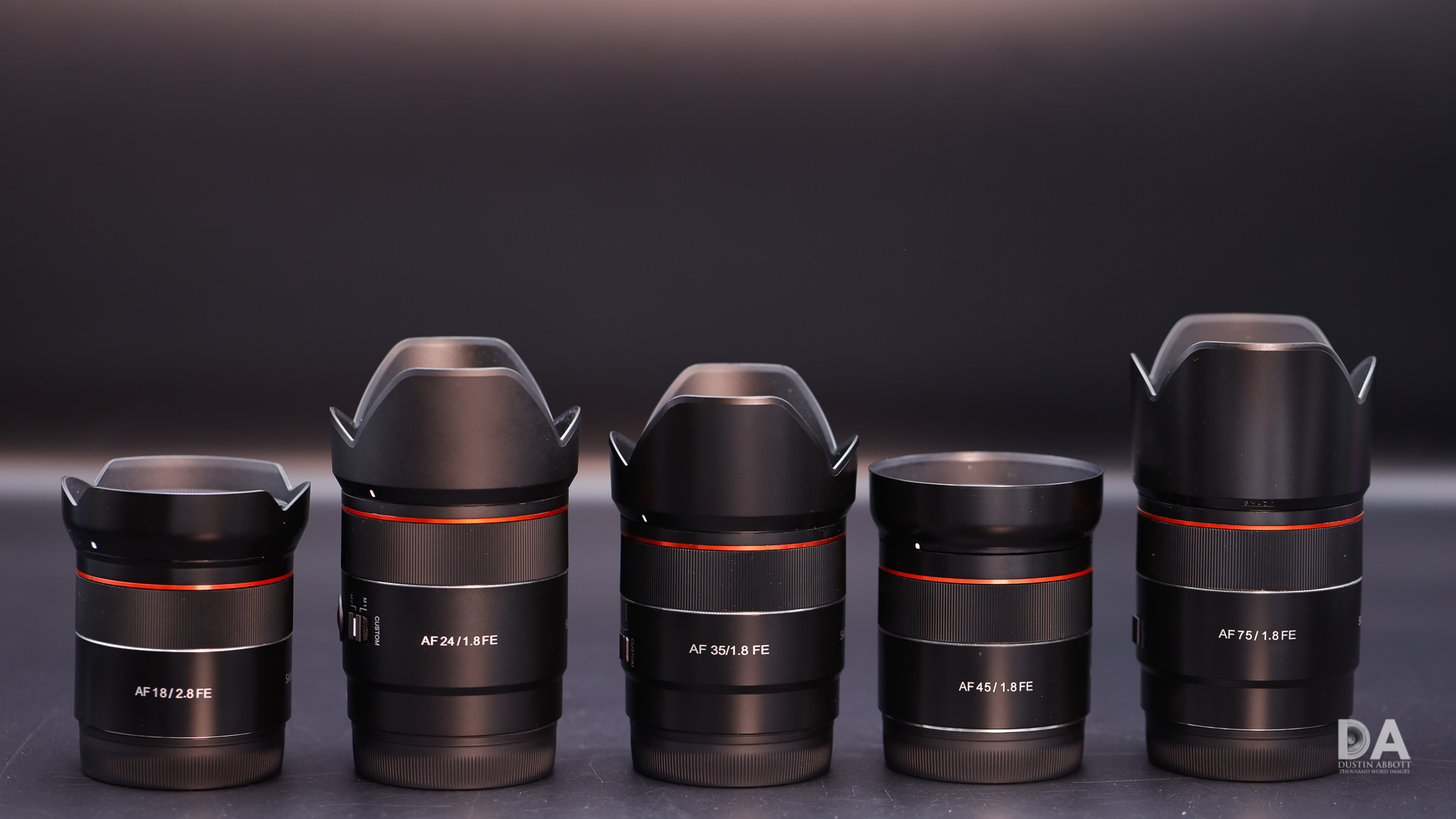


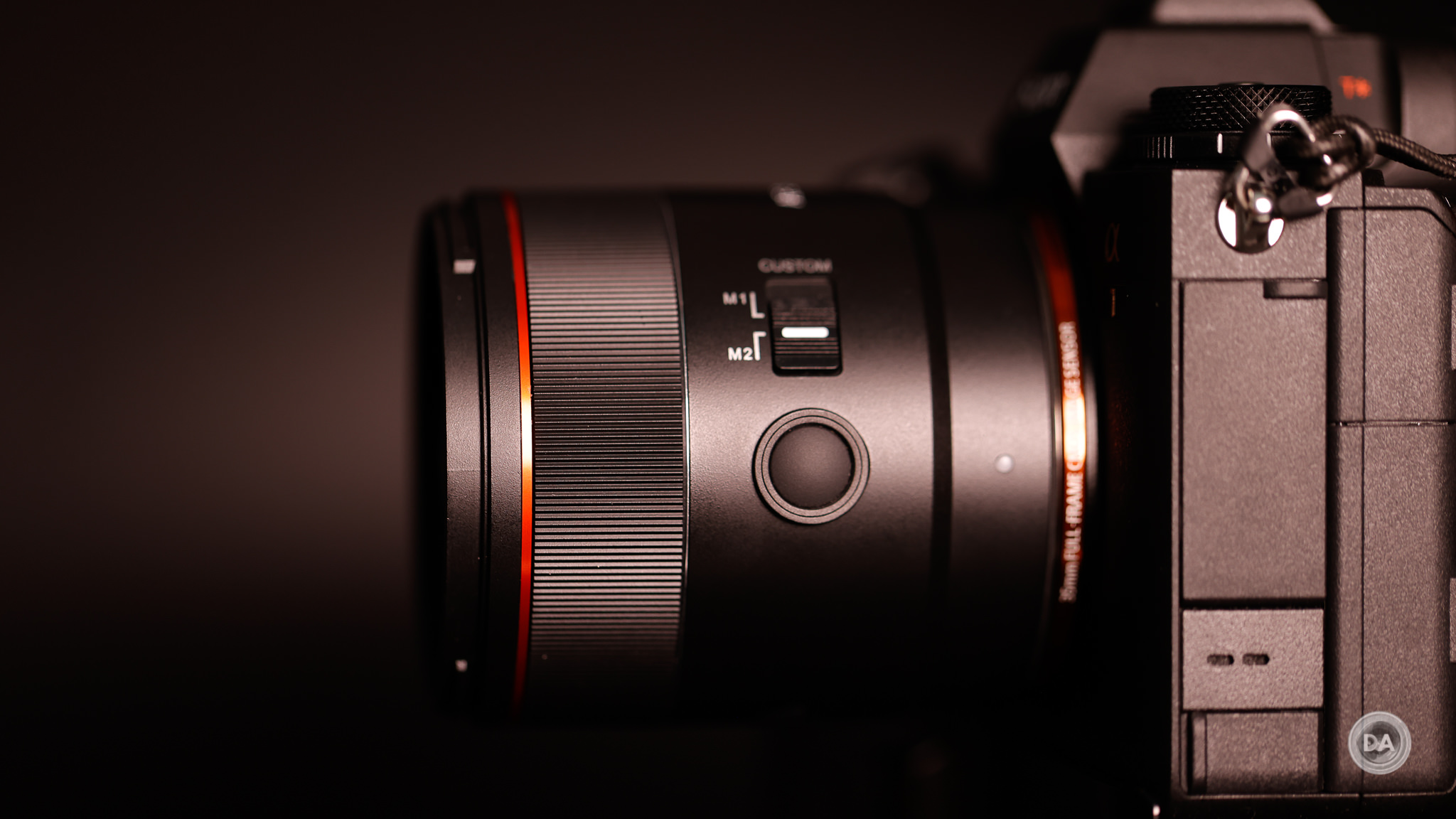
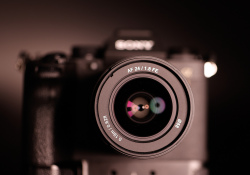
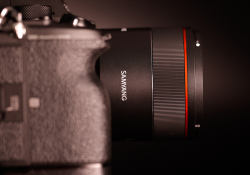
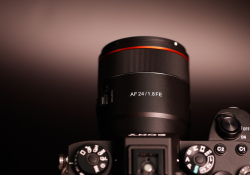


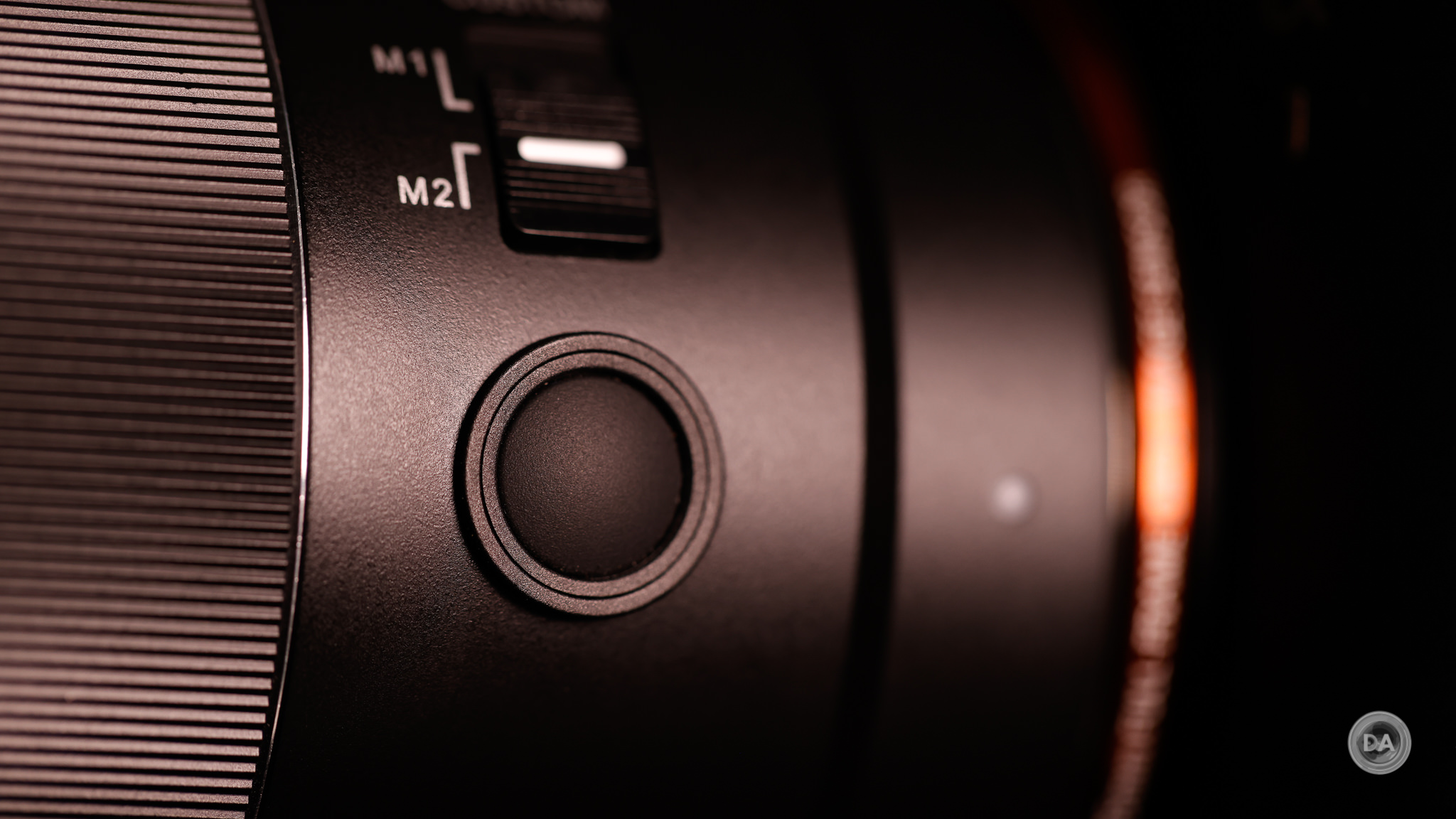
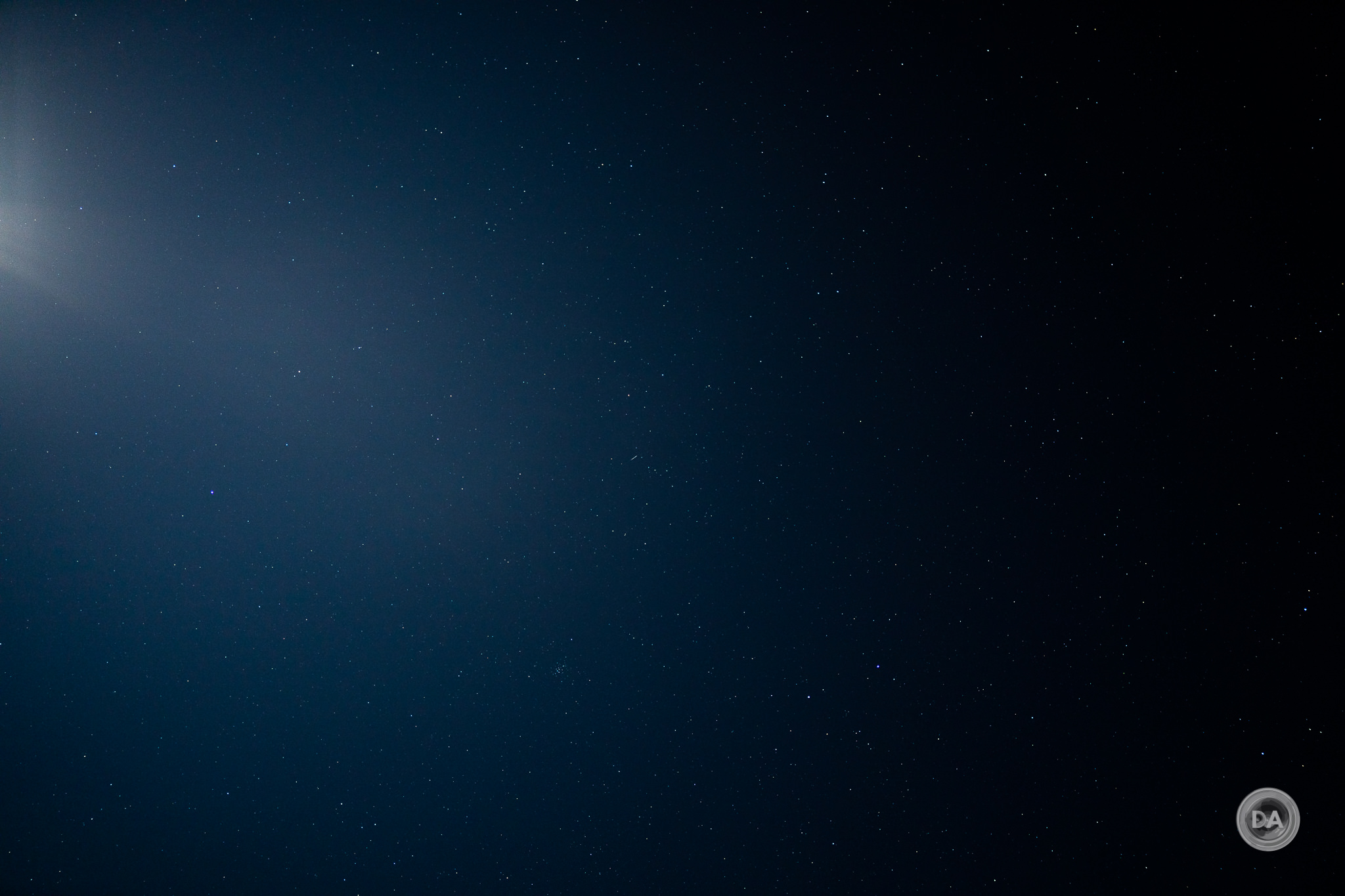
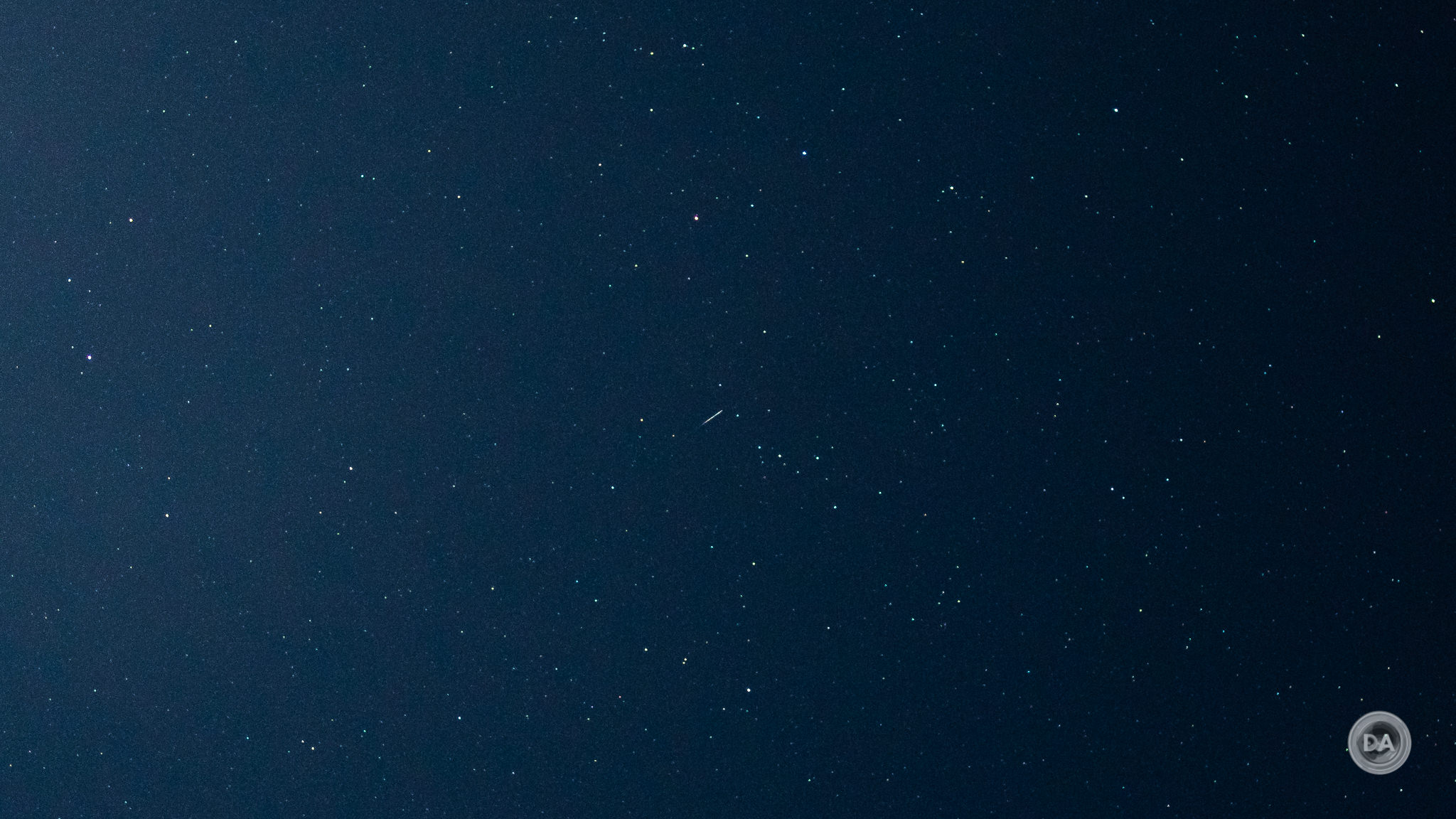
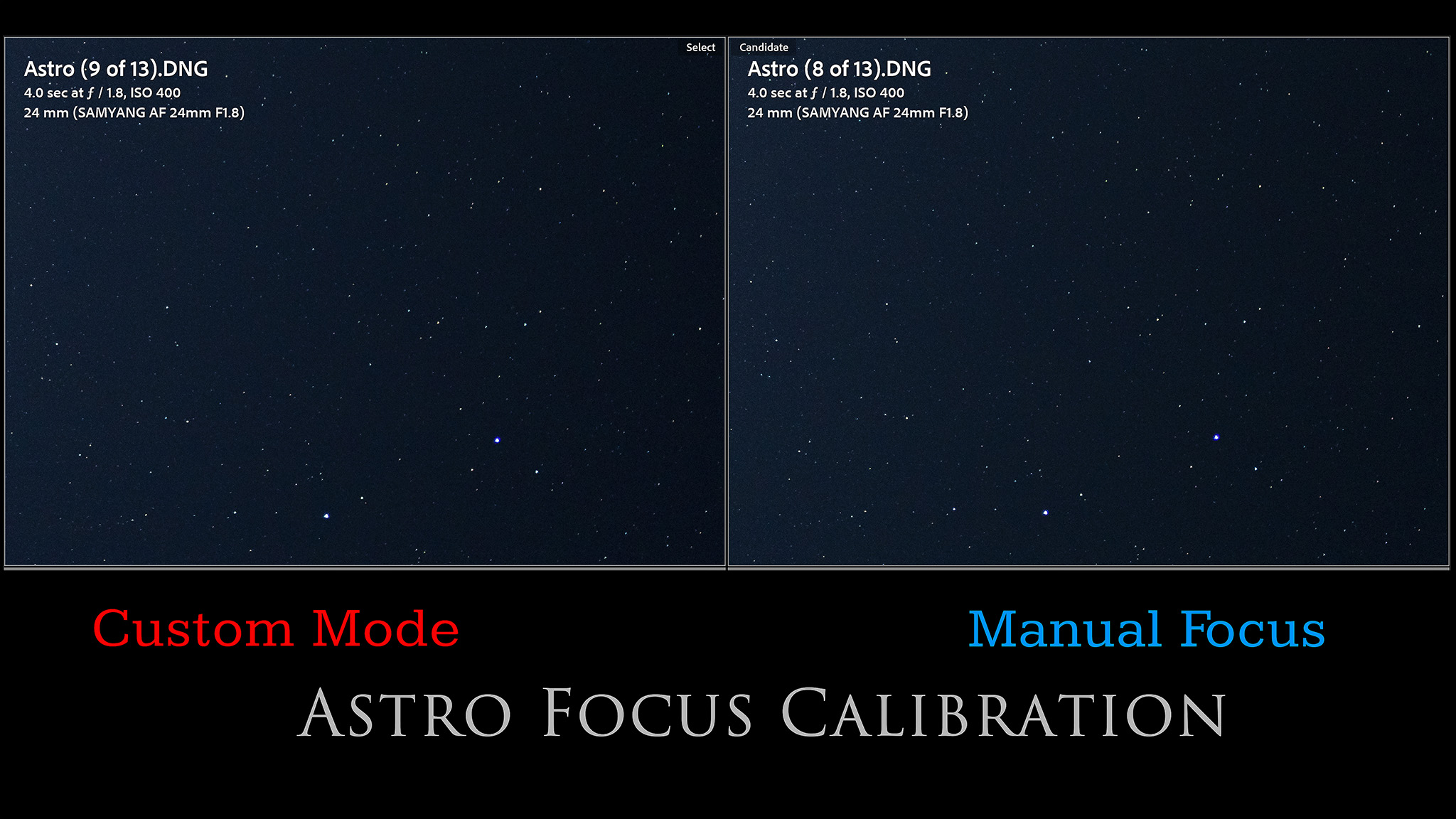



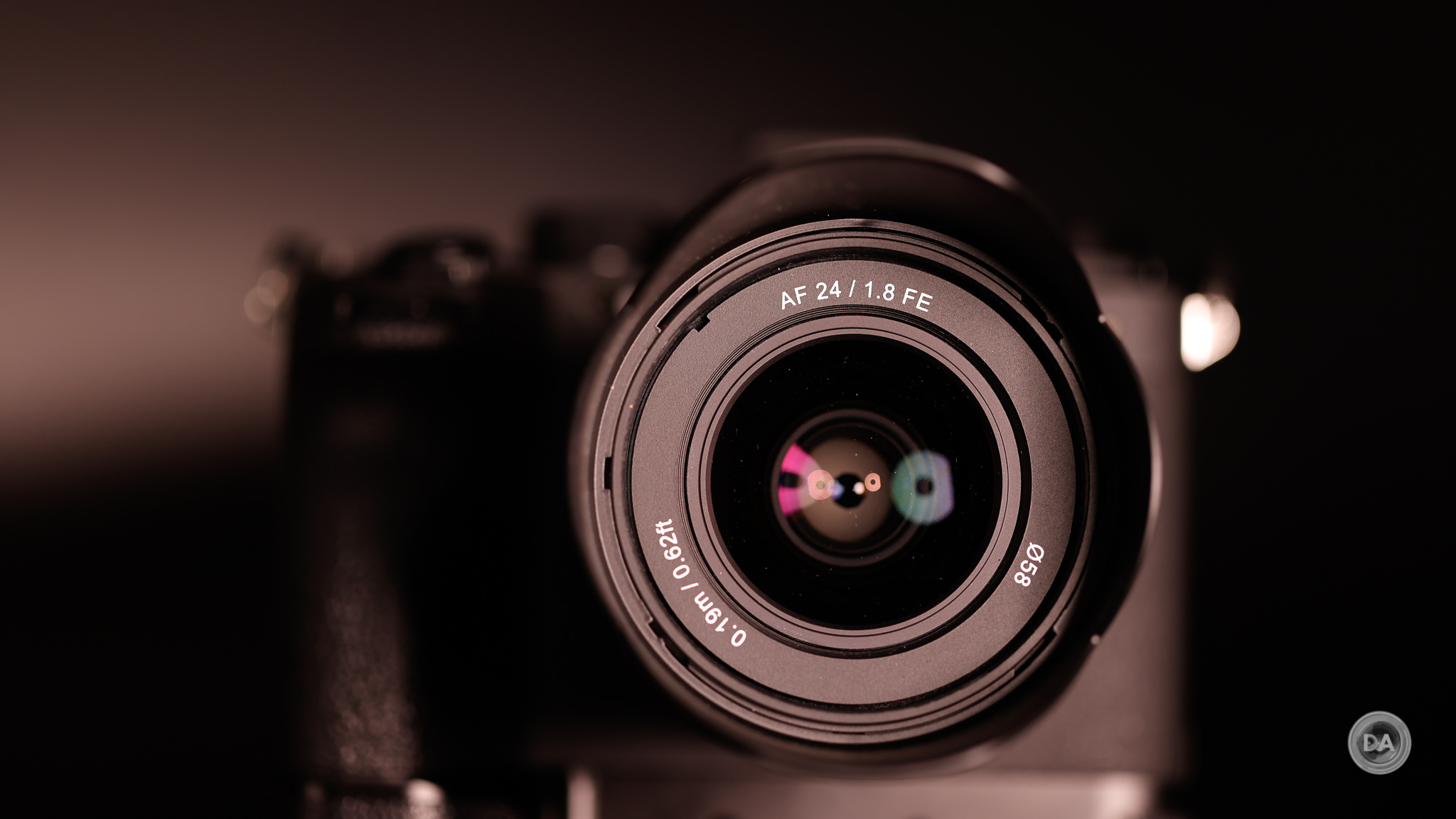

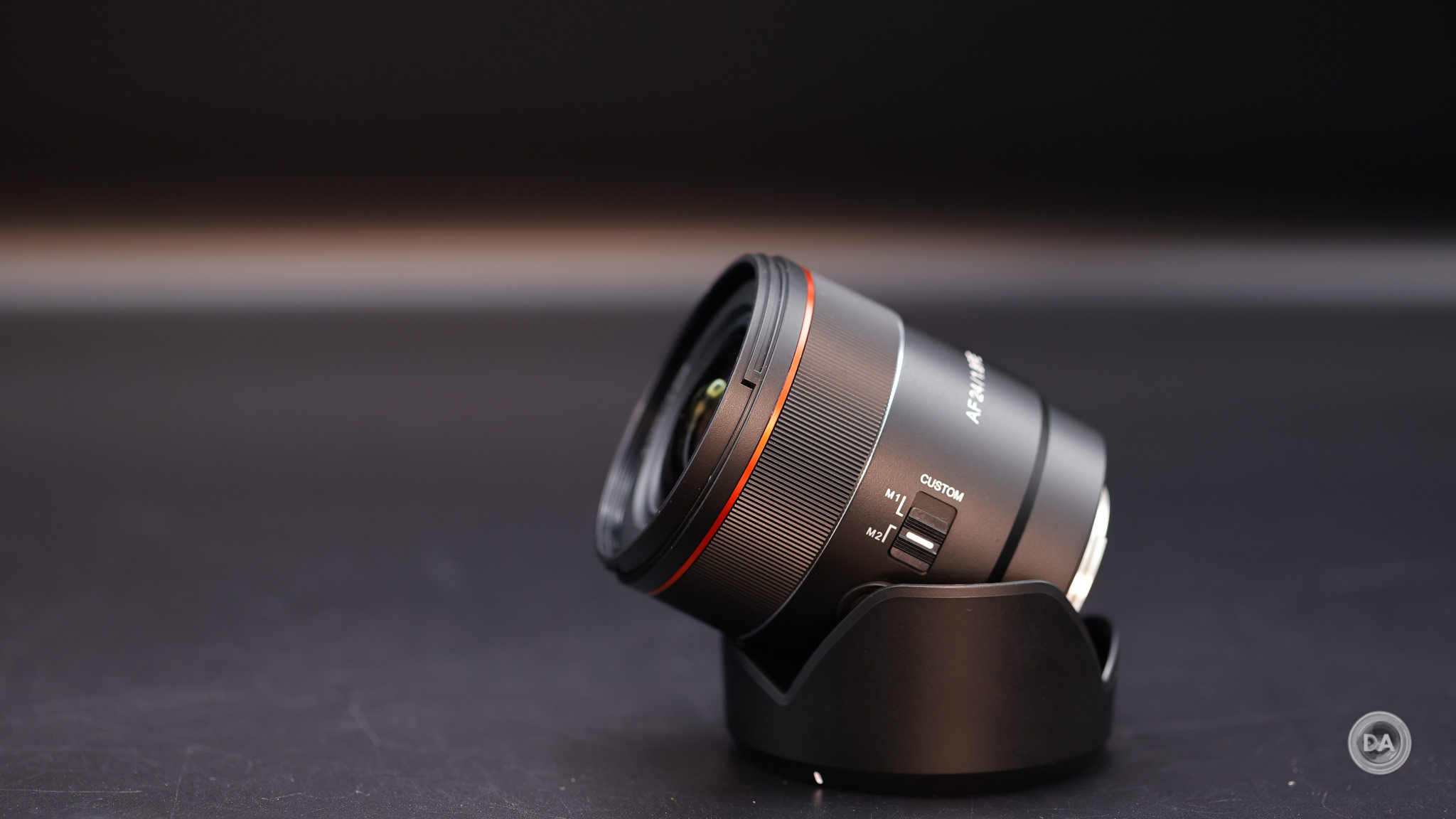









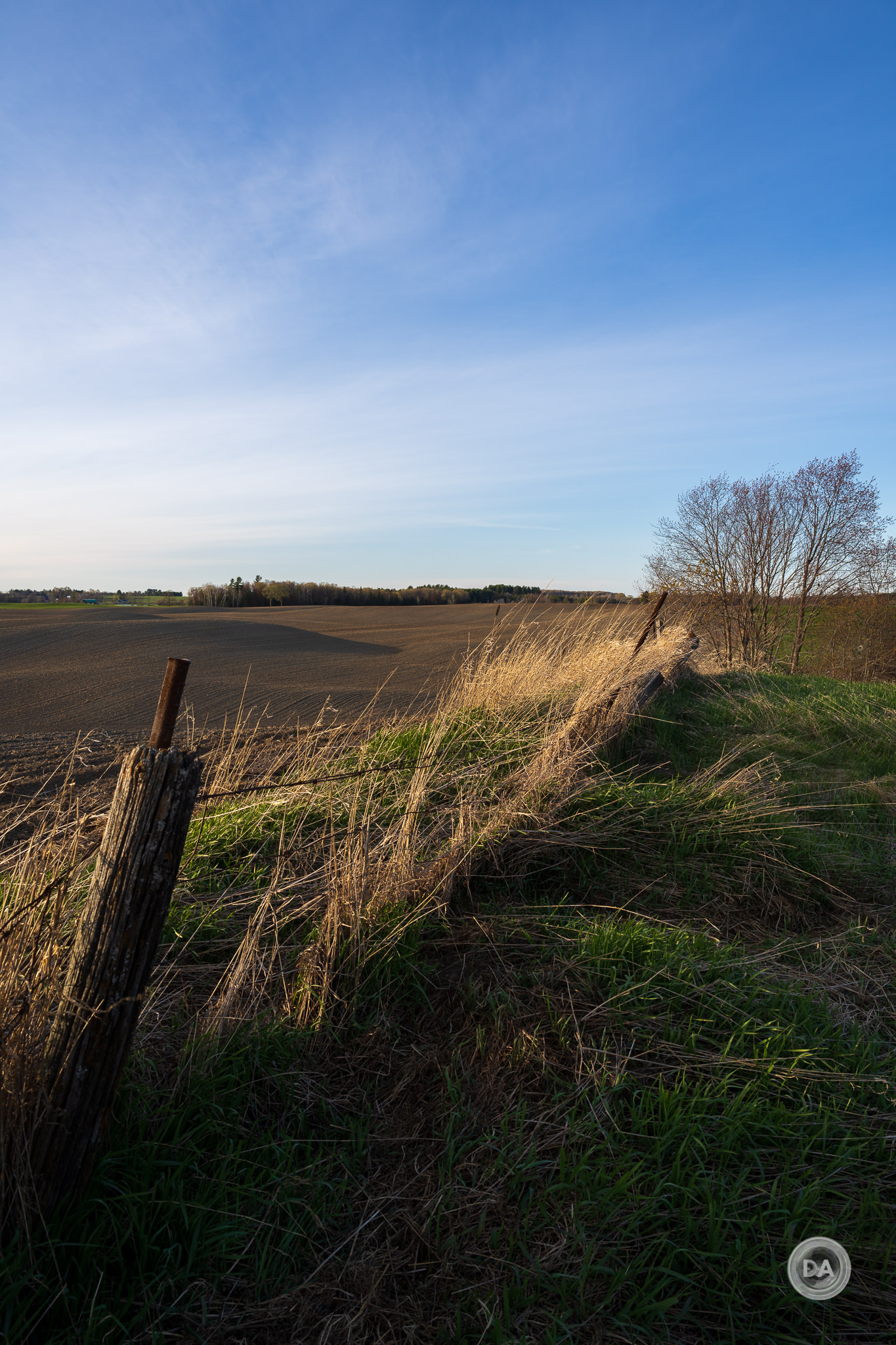
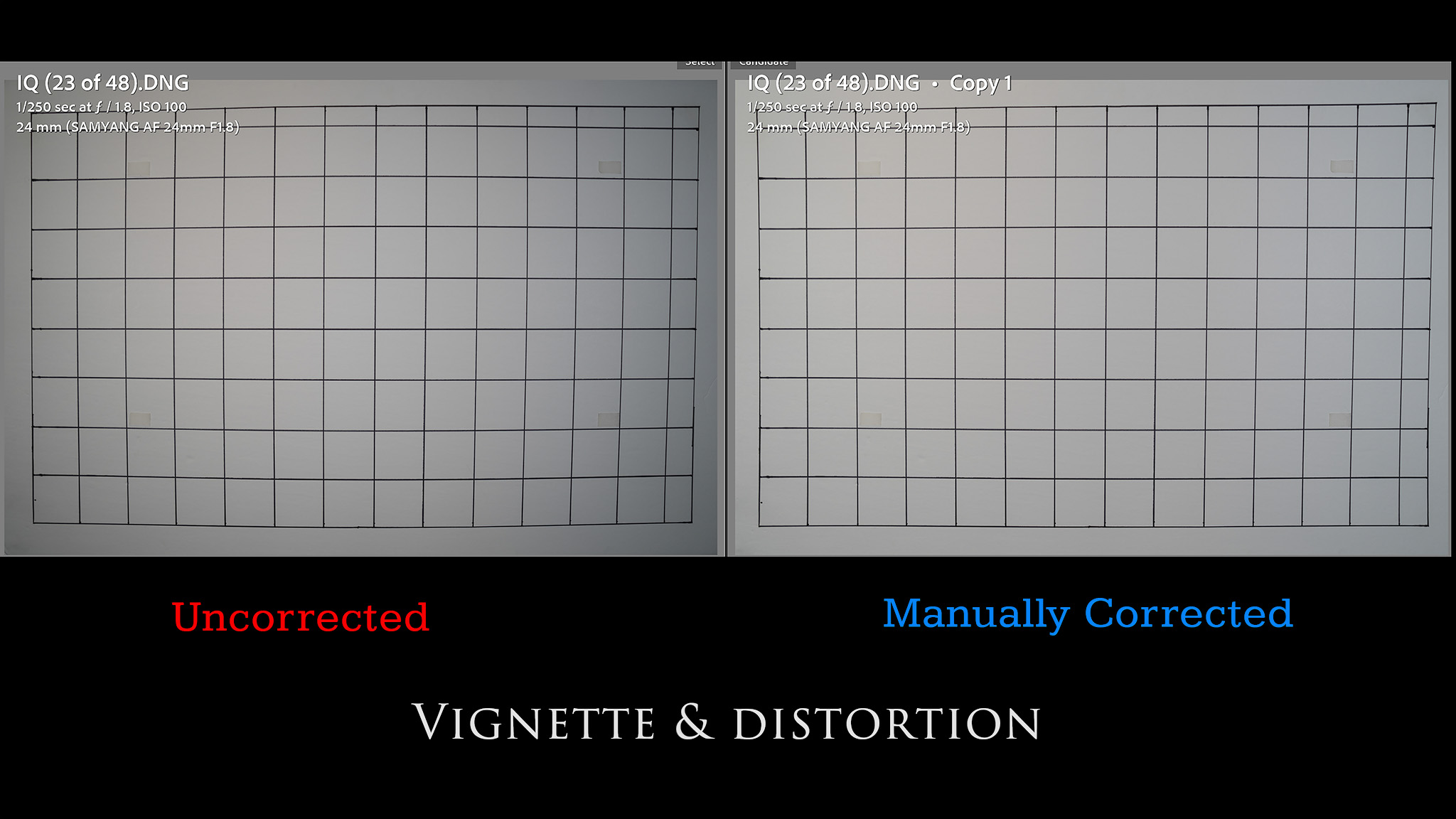
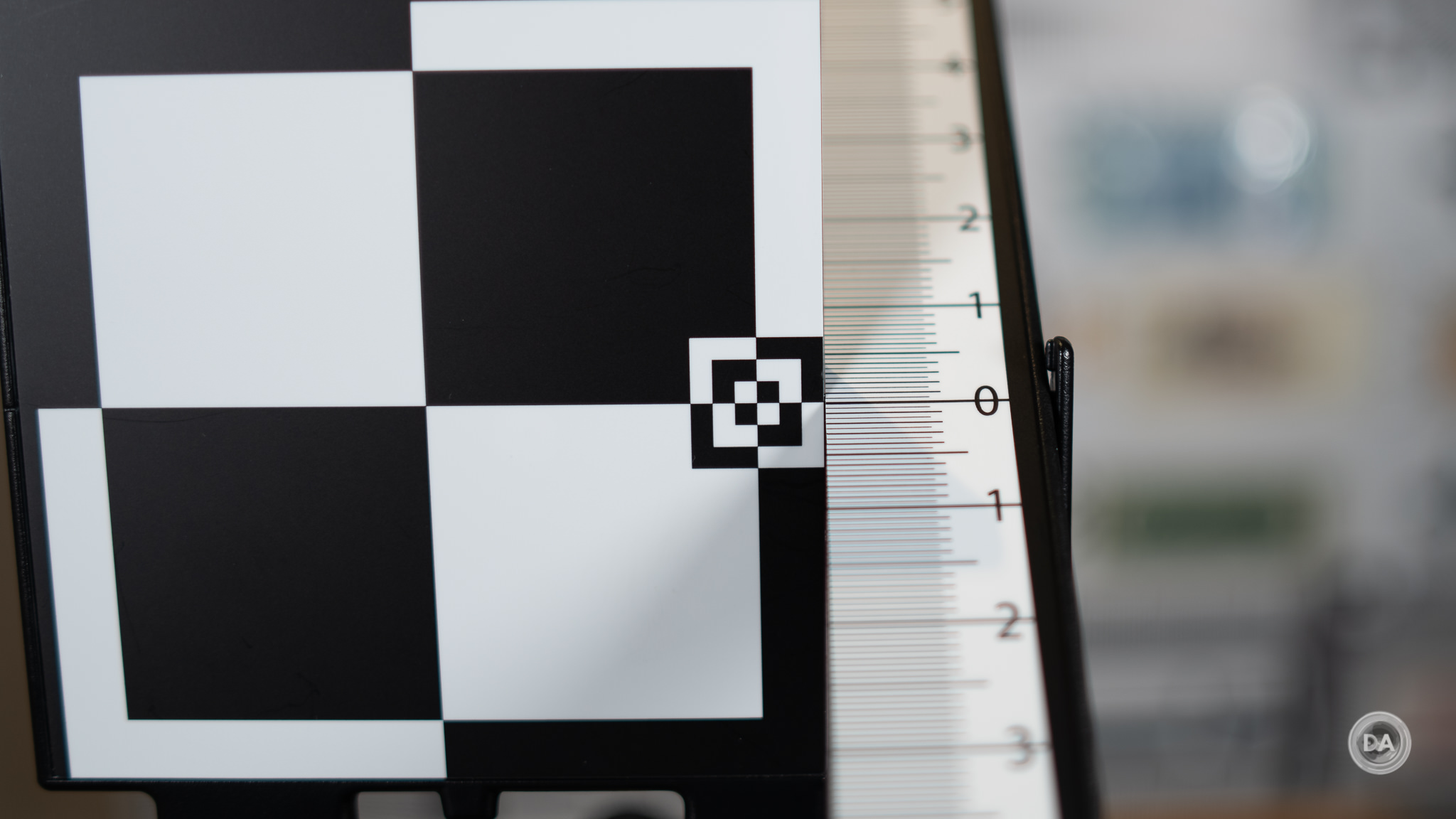







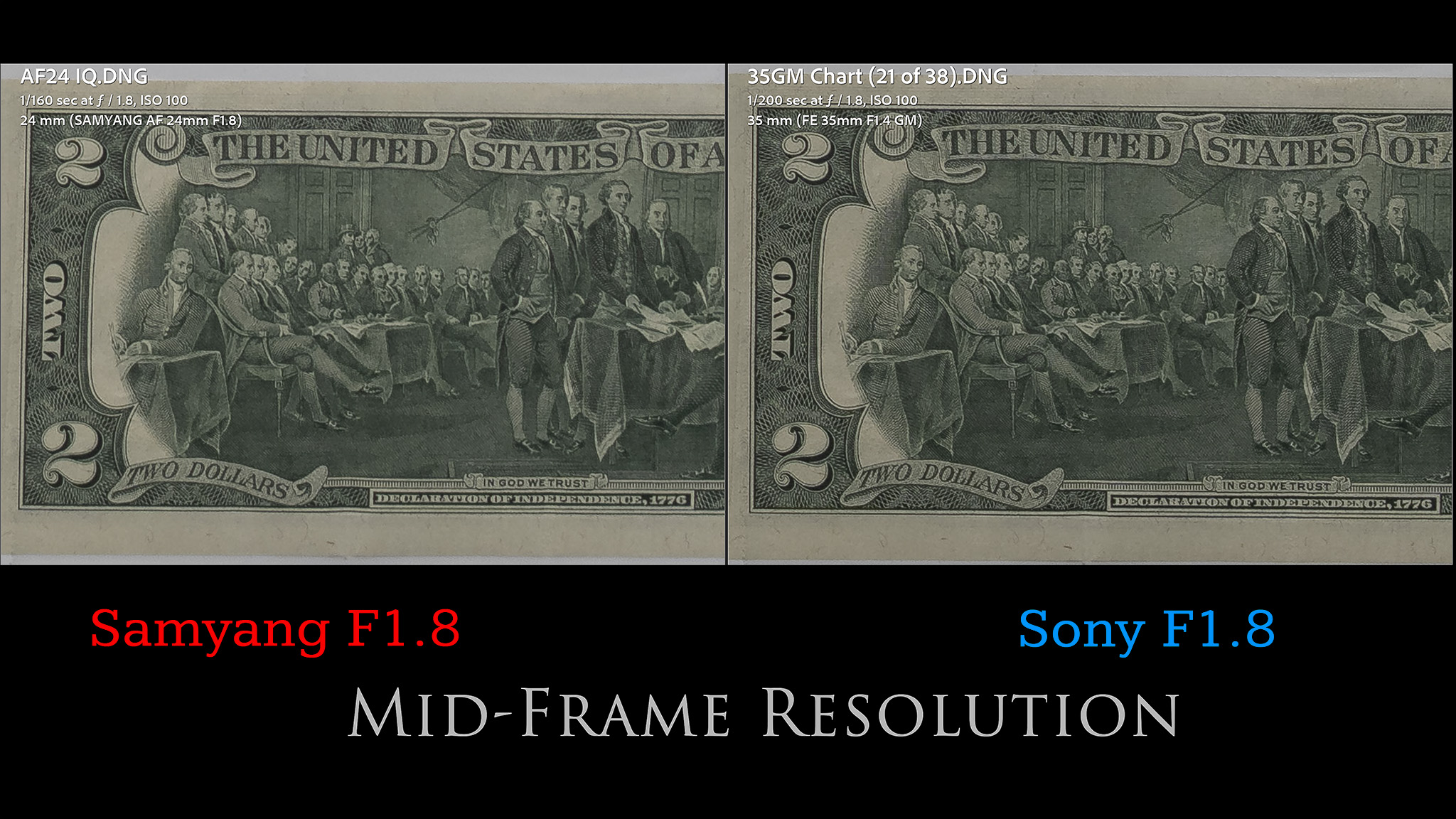


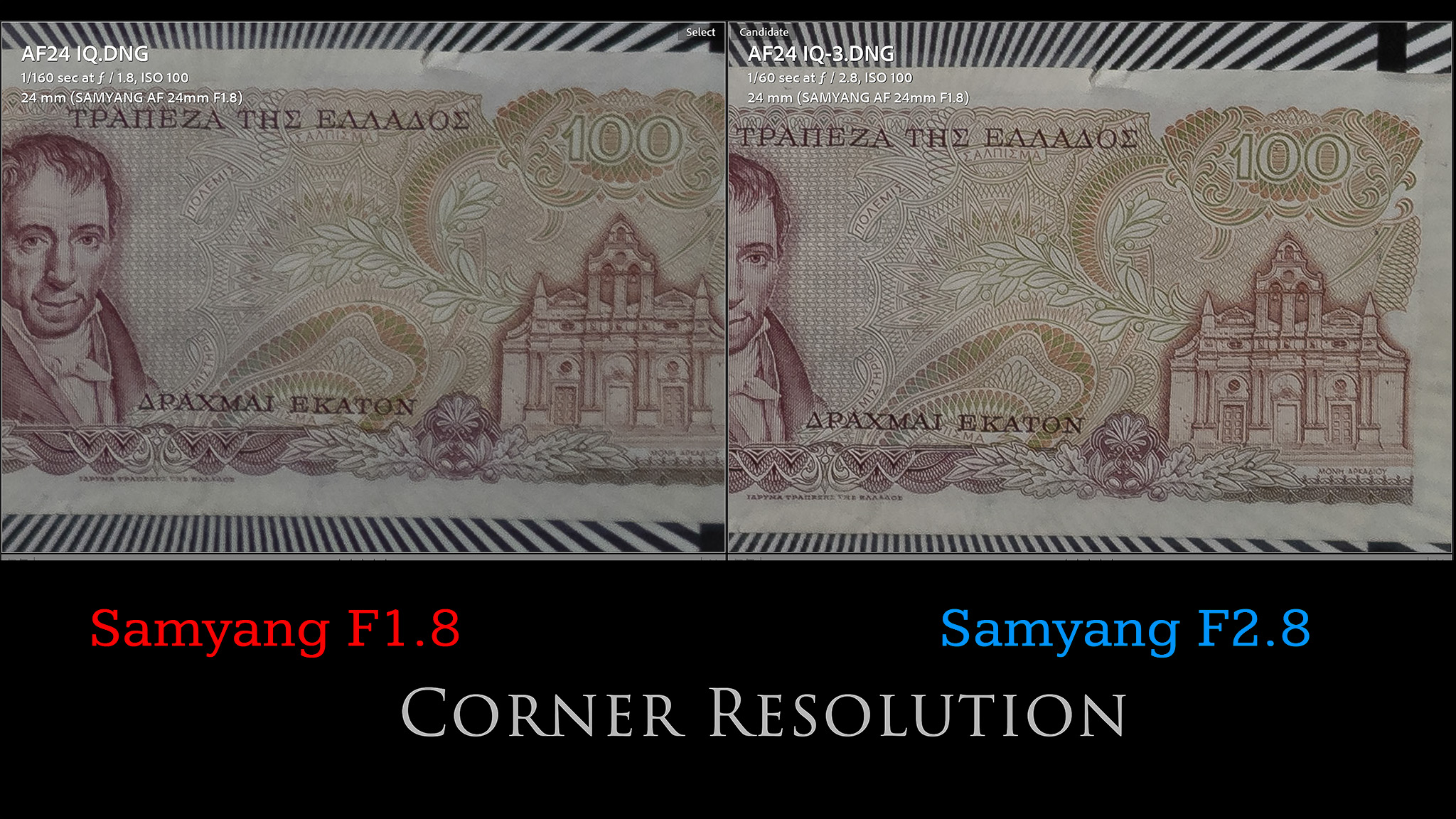


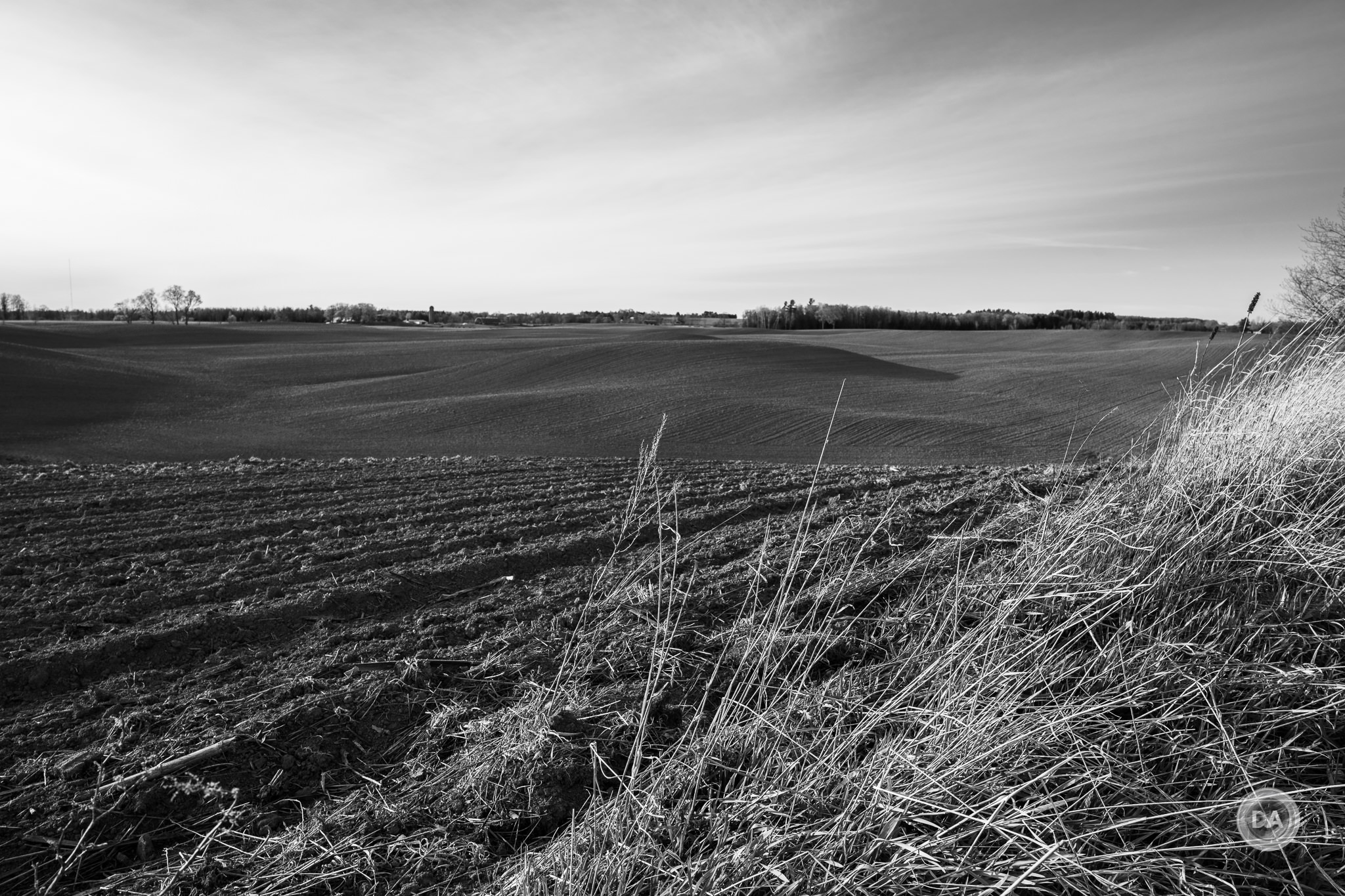
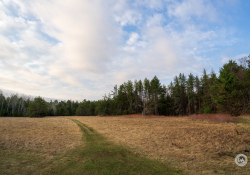










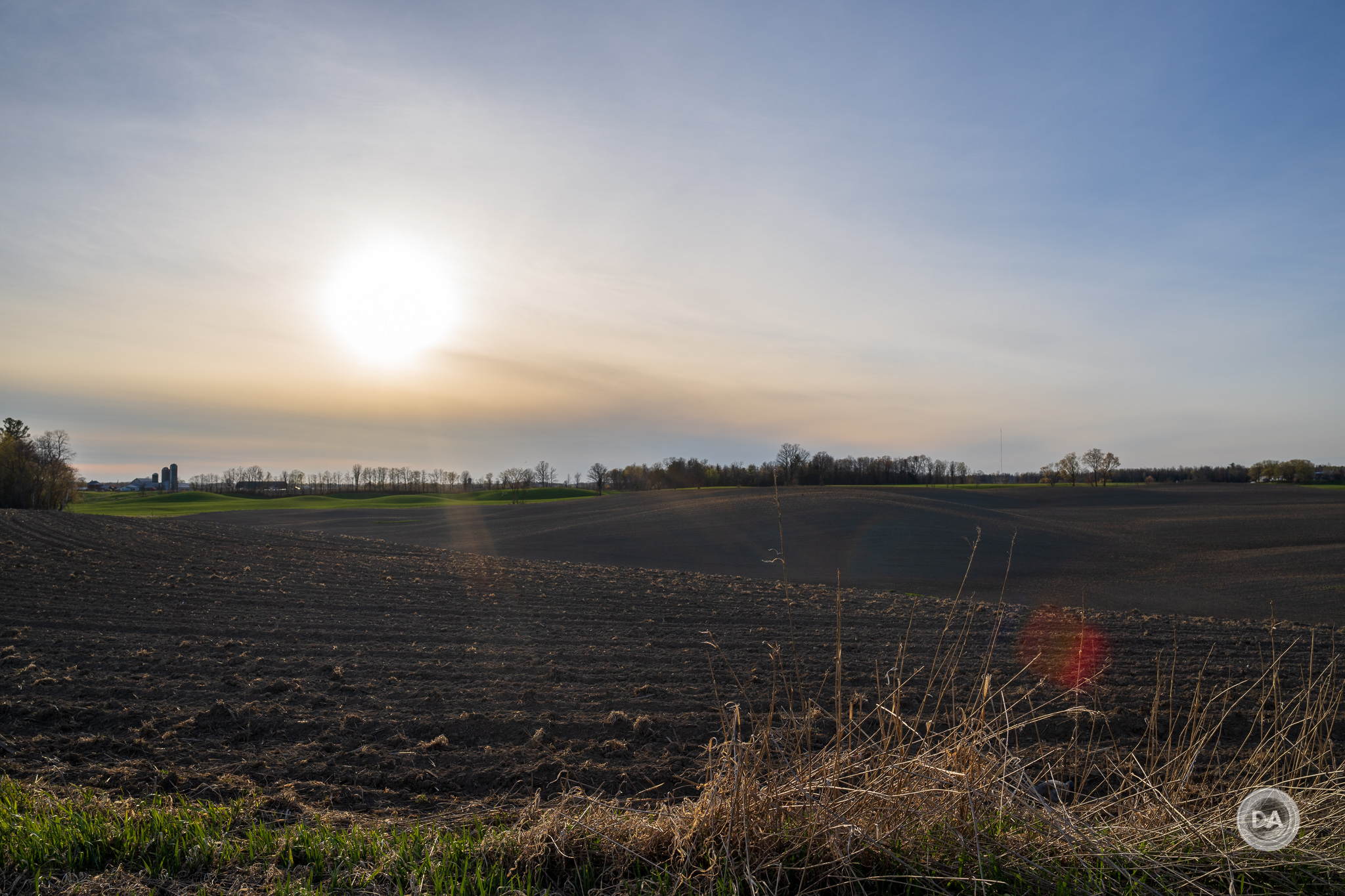
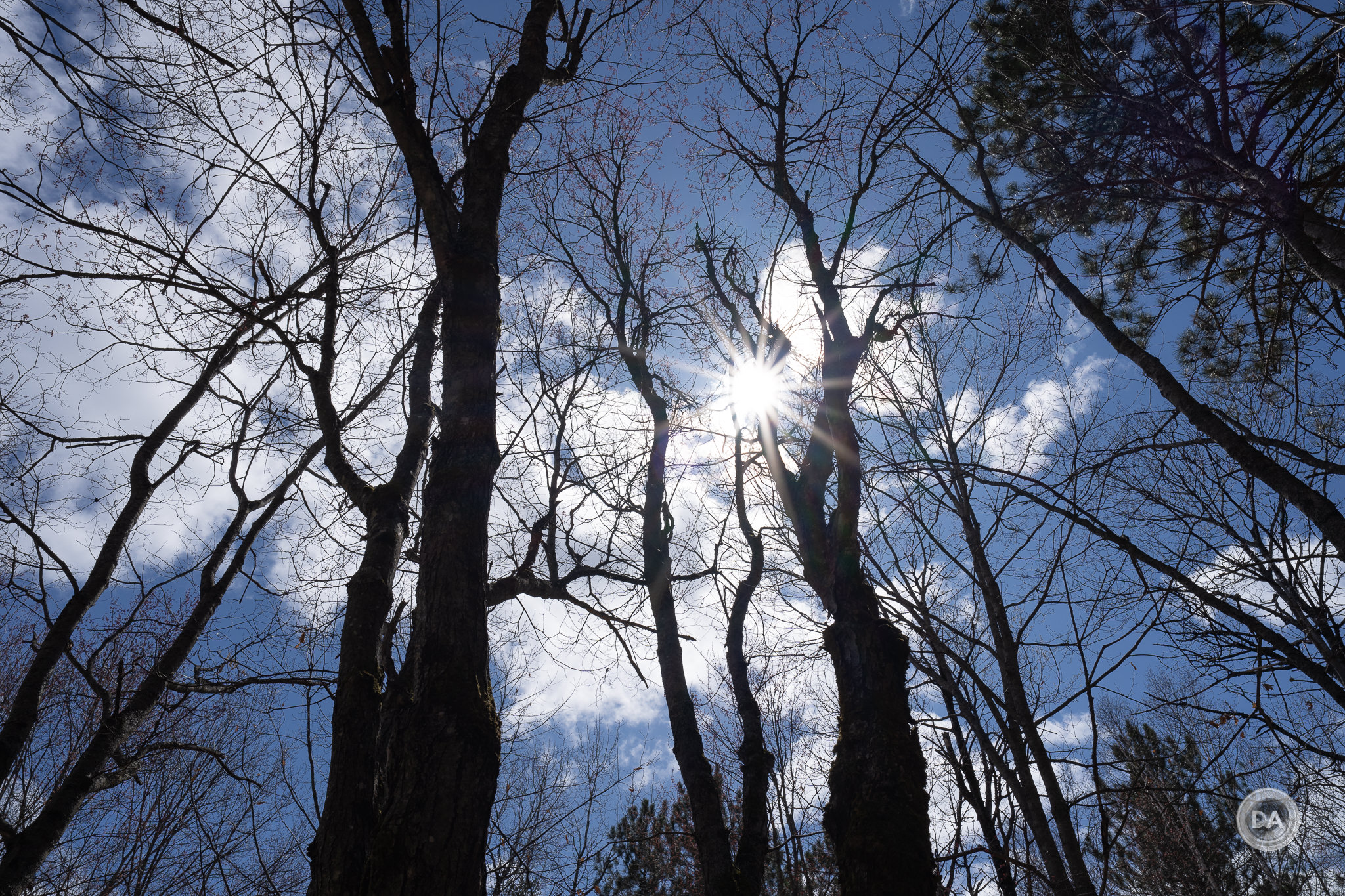




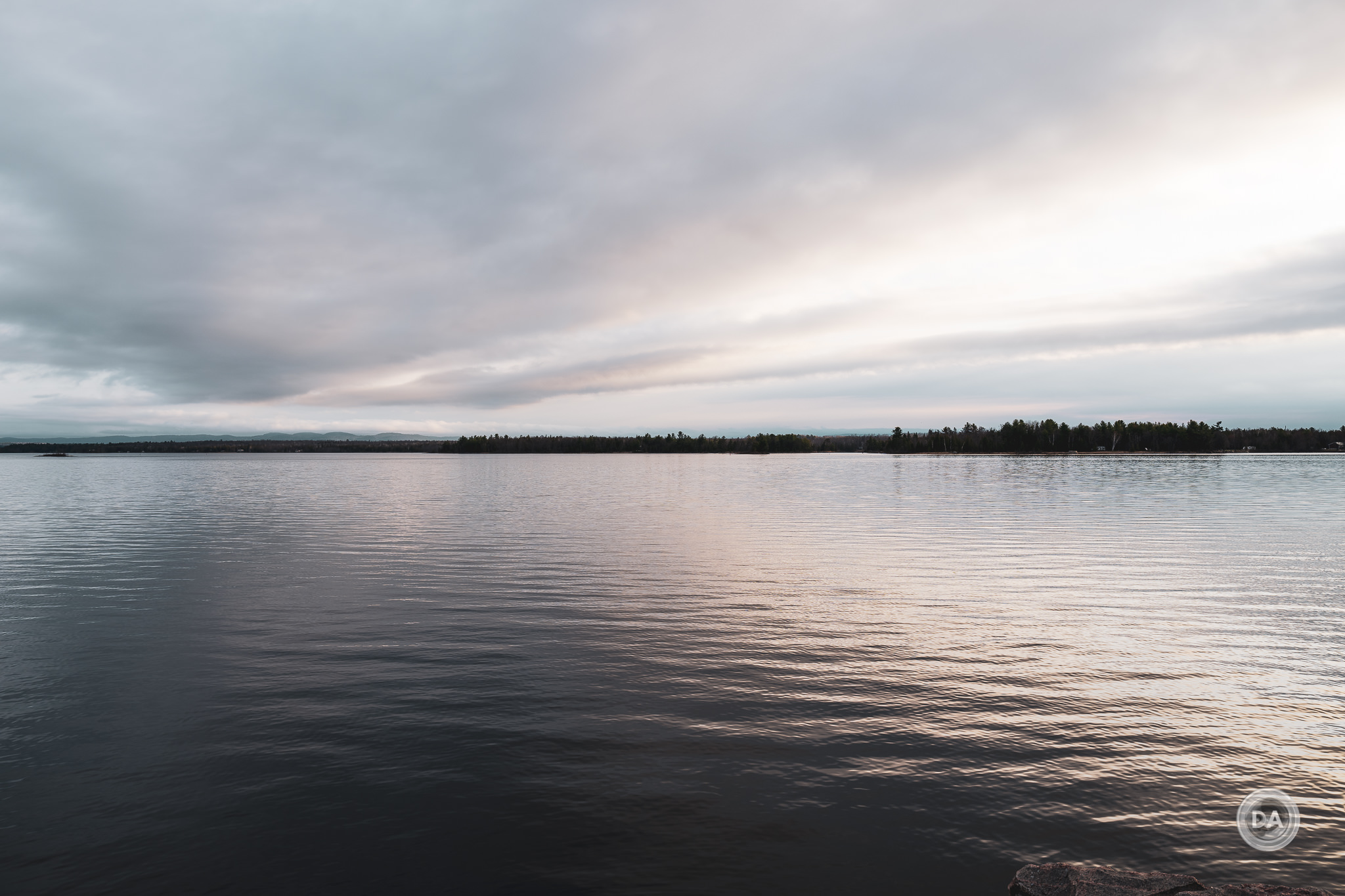



 Sirui Sniper 75mm F1.2 Review
Sirui Sniper 75mm F1.2 Review  Sirui Sniper 75mm F1.2 Gallery
Sirui Sniper 75mm F1.2 Gallery  Tamron 70-300mm F4.5-6.3 RXD Z-mount Review
Tamron 70-300mm F4.5-6.3 RXD Z-mount Review  Nikkor Z 40mm F2 Review
Nikkor Z 40mm F2 Review 






2 thoughts on “Samyang AF 24mm F1.8 Review”